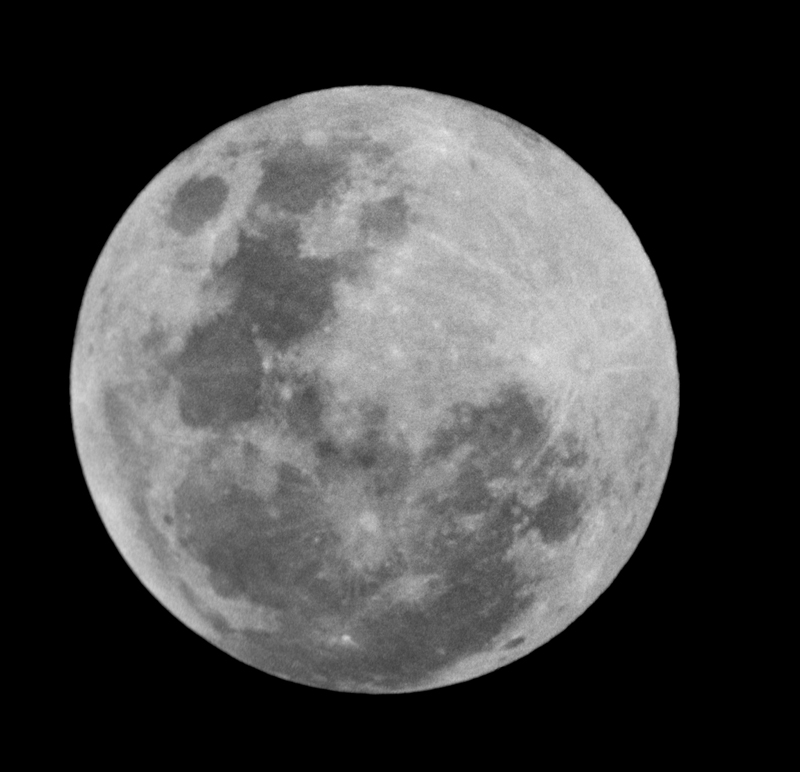
1/1000 second exposure, Ektachrome 400 slide film.
10" f/5.6 Newtonian at prime focus.
The eclipse of February 20, 1989 was very well placed to observe from Western Australia, with the middle of the eclipse occuring when the Moon was high in the sky (almost mid-night local time). Also February is usually the hottest month with very little likelyhood of cloud. For once the forcast lived up to expectations and the observing conditions were excelent.
The duration of totality was quite long, about 80 minutes. On this occassion the Moon passed through the northern half of the Earth's shadow, with the south pole of the Moon passing very close to the centre of the shadow.
Since the mid 1970's I have been involved in a program of timing the shadow of the Earth as it passes over various features on the Moon. The purpose of these observations is to gather data on the upper atmosphere. The timing of features as they are covered by the shadow has always been much easier as it is possible to observe the feature as the shadow approaches. This enables you to be prepared for disappearence. Observing the reappearence can be much more difficult as there is little warning before the shadow leaves a feature. Also the direction of the shadow can lead to some confusion as to where various features are. The Moon looks like it is at 1/4 phase, but the shadow line is in the wrong place! In the end, for this eclipse I managed to time & disappearences and # reappearences.

30 minutes prior to first contact. The moon is partly in the penumbra, but the only evidence is that the right-hand side of the Moon is very slightly darker than the left hand side.
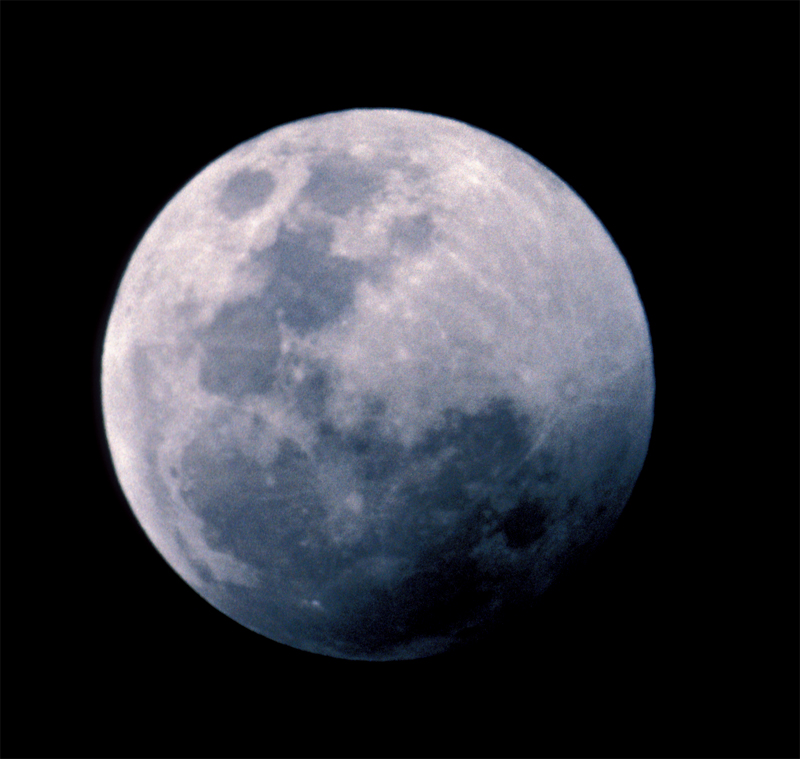
This image is taken just before first contact with the umbra. i.e. the partial stage is just about to start. Now the penumbra is very much in evidence, with the right hand side of the Moon now getting very dark.
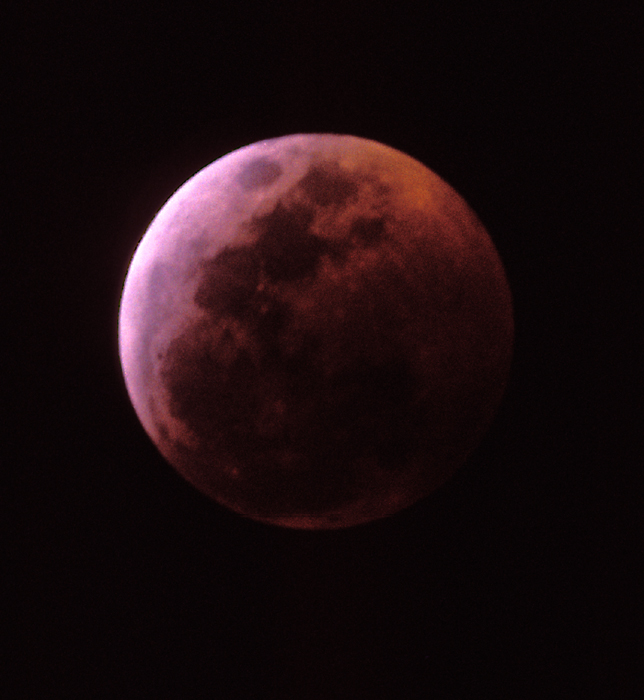
Just after totallity had started. Notice that the shadow is much brighter towards the edge. (left-hand side) This is the result of more light reaching that portion of the shadow.
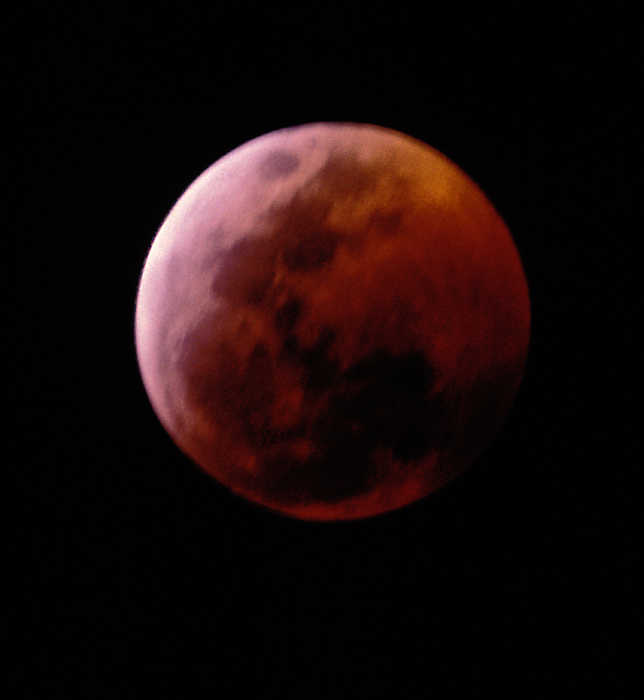
About 3 minutes after totallity had started. Notice that the shadow is much brighter towards the edge. (left-hand side) This is the result of more light reaching that portion of the shadow. Also notice how dark the southern (right) regions of the Moon are as a result of that portion of the Moon being close to the centre of the shadow.
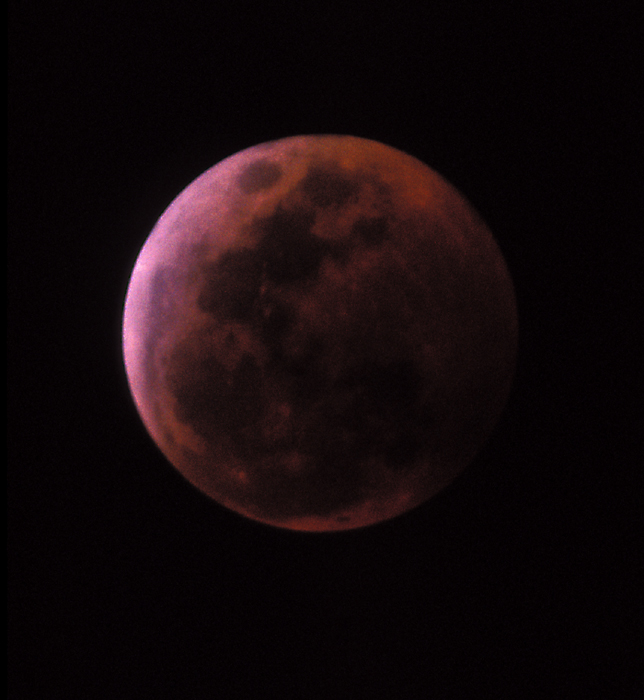
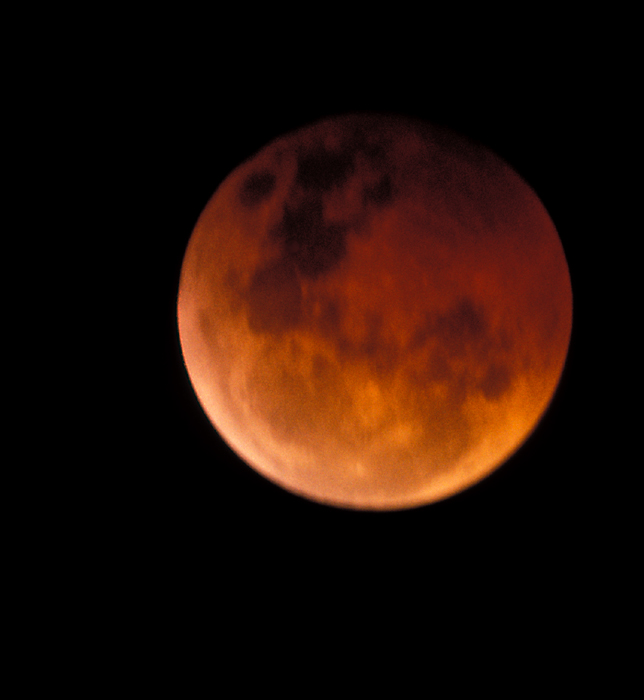
Shortly before the end of totallity.
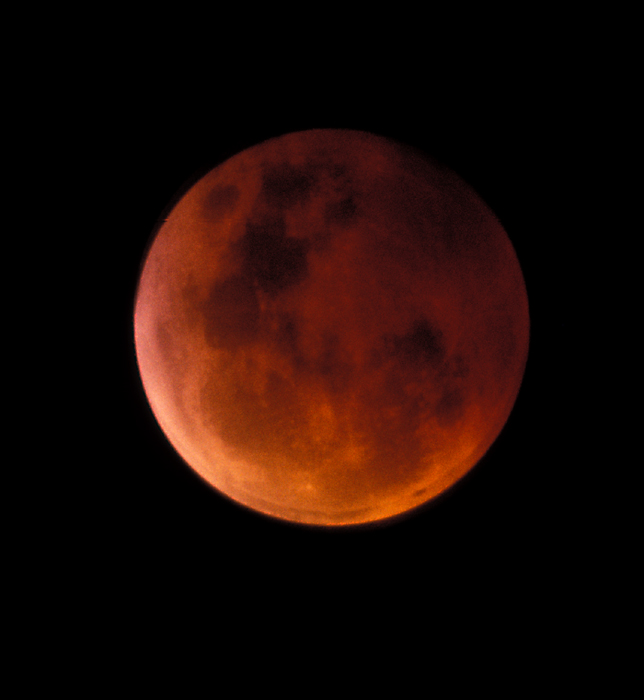
Shortly before the end of totallity.
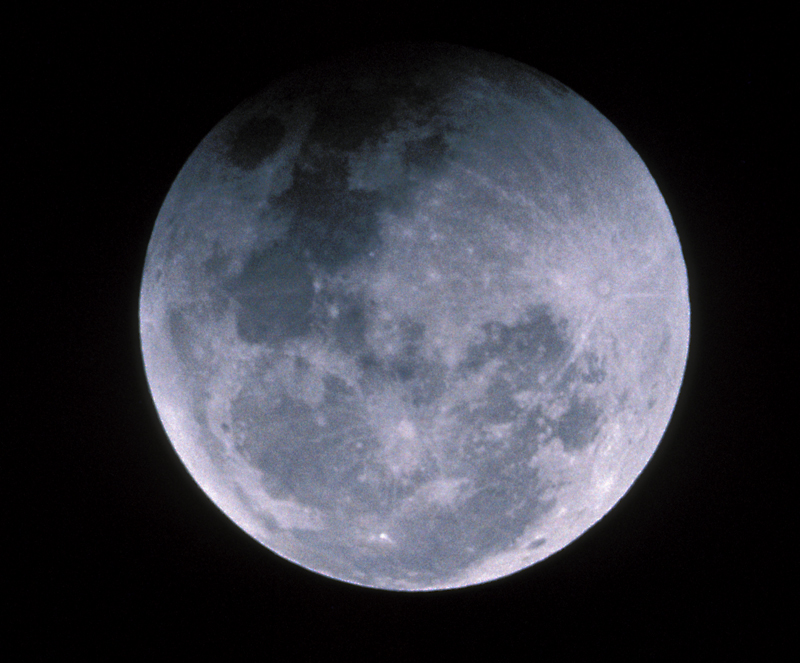
This image is taken about 5 minutes after the partial phase had ended. Notice now that the darkest portion of the shadow is now to the left of the Moon. This is because the Moon is still deep in the penumbra resulting in a noticeable darkening on the left hand side of the Moon.